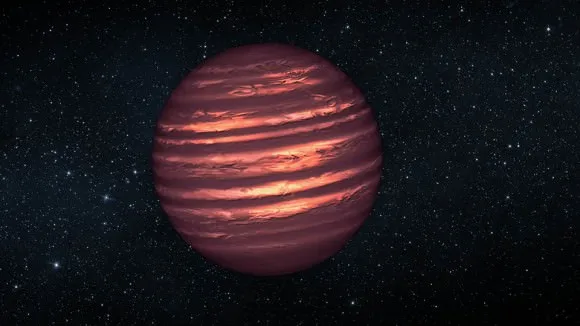
When is a Brown Dwarf star not a star at all, but only a mere Gas Giant? And when is a Gas Giant not a planet, but a celestial object more akin to a Brown Dwarf? These questions have bugged astronomers for years, and they go to the heart of a new definition for the large celestial bodies that populate solar systems.
An astronomer at Johns Hopkins University thinks he has a better way of classifying these objects, and it’s not based only on mass, but on the company the objects keep, and how the objects formed. In a paper published in the Astrophysical Journal, Kevin Schlaufman made his case for a new system of classification that could helps us all get past some of the arguments about which object is a gas giant planet or a brown dwarf. Mass is the easy-to-understand part of this new definition, but it’s not the only factor. How the object formed is also key.
